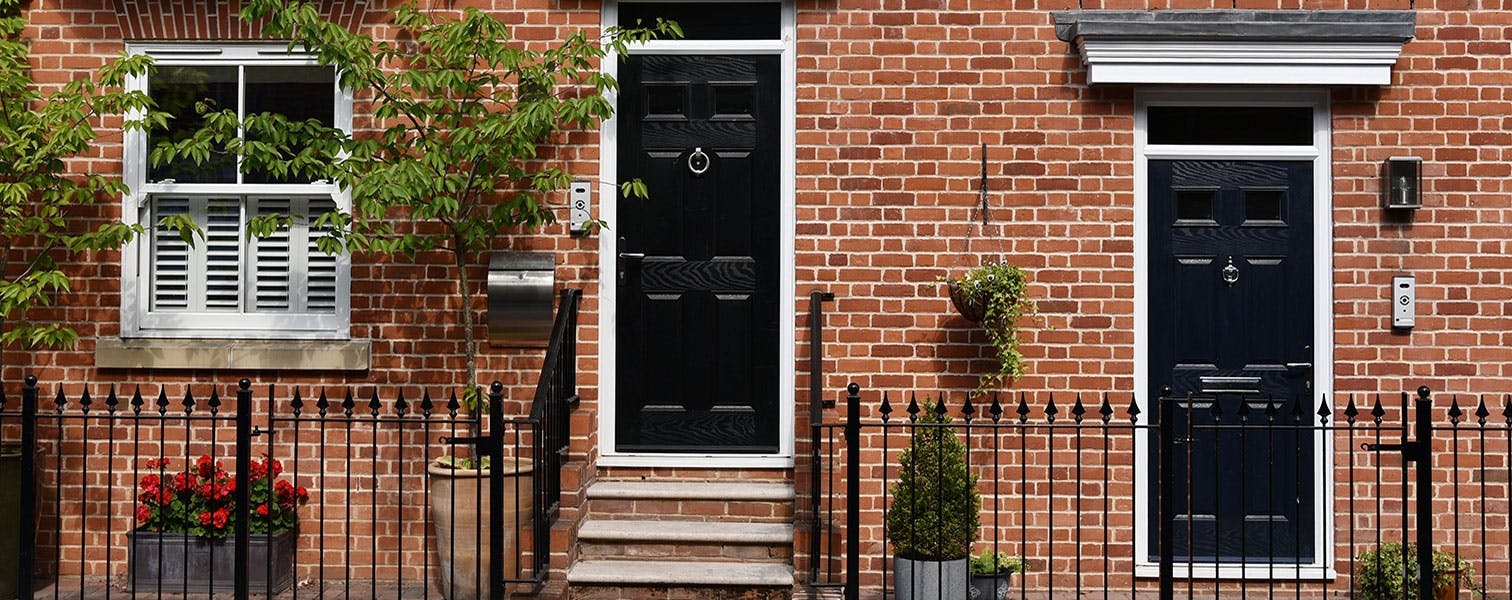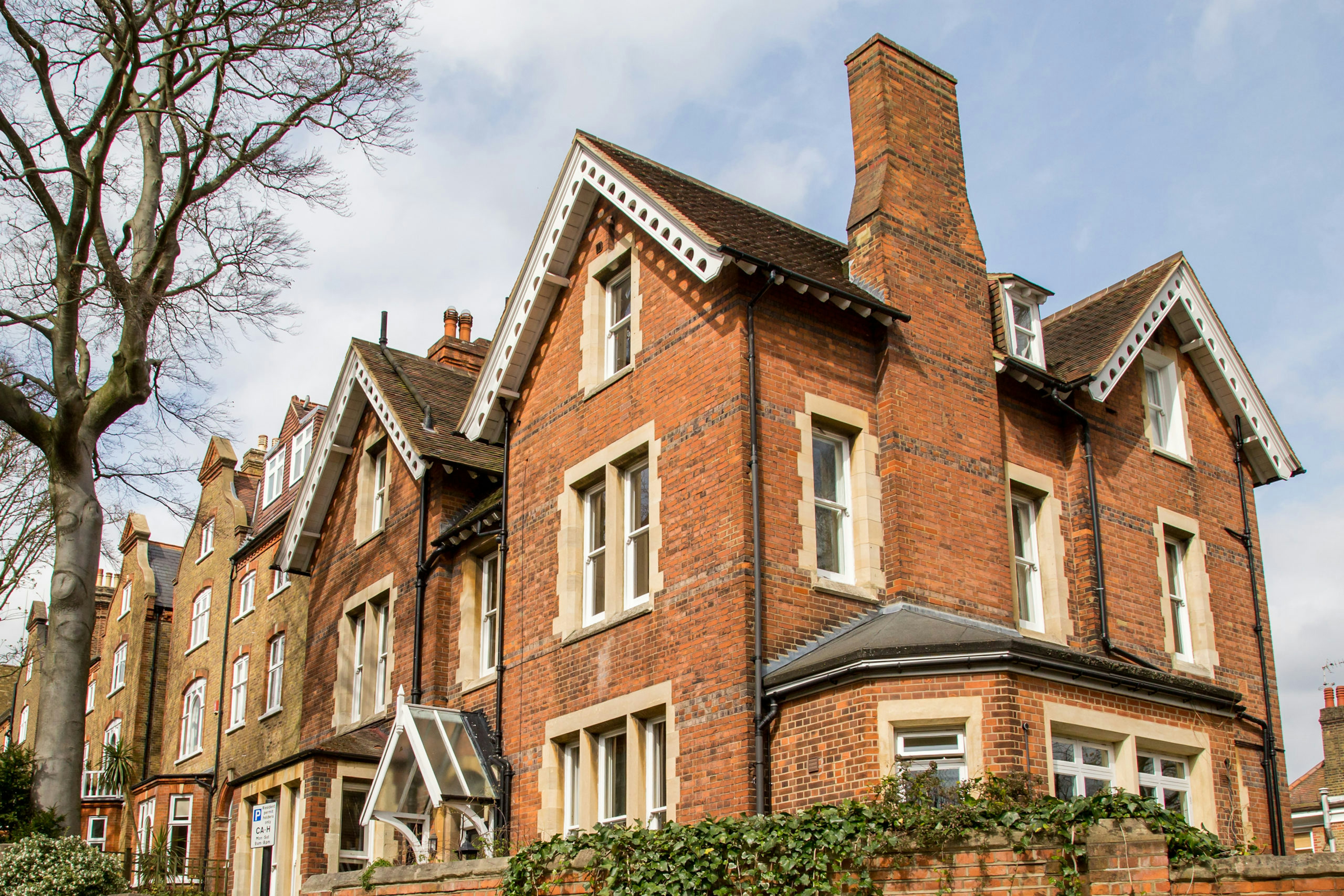
Listed Building Insurance
Specialised and tailored support to ensure you obtain the most suitable insurance policy for your beloved listed property.
- Cover for all grades of property
- Valuations from certified BCH surveyors

Listed building insurance safeguards you against the expenses of repairing or reconstructing your cherished historic property if it sustains damage or is destroyed and/or replacing its contents. Listed buildings are an important asset and are a piece of heritage that requires special attention and care.
At Alan Boswell Group, we have access to a wide range of insurance products, enabling us to compare and tailor cover to ensure you receive the most suitable home insurance for your unique listed building’s requirements.
Key features
Knowledgeable professionals with a deep understanding of listed properties.
Support in acquiring accurate reconstruction valuations from certified BCH surveyors.
Cover for Grade I, Grade II* and Grade II listed buildings across the UK and Grade A, B and C listed properties in Scotland.
Protection for listed properties serving as holiday homes, rentals, and commercial use.
The Alan Boswell Group Difference
Alan Boswell Group recognises that no two homes are the same. With friendly and truly independent professional advice, we will guide you through the home insurance process. We can provide expert guidance on buildings and contents valuations, and with access to a wide panel of insurance partners we can ensure you have the right policy tailored to your individual requirements often with delegated authority for claims, meaning we can ensure a smooth and quick claims process.

Listed building insurance in detail
As the owner of a listed building, you will want to know your property will get the time and attention it deserves should the worst happen. Our cover could include:
Buildings cover
Specialist fine art, collections, and antiques cover
Specialist tradesmen
Worldwide all risks
Alternative accommodation
Certified BCH surveyors for valuations
Case study
FAQs
Get in touch
Whether you need a quote, have a general enquiry, want to register a claim, or talk it through over the phone, we're here to help.












